Large Quantities Of The Vacation Ruining Seaweed Are Being Washed Up On Popular Beaches
Over 175 tonnes of sargassum have already been removed from the beaches of Cancun this year according to the Federal Maritime Terrestrial Zone (Zofemat). The high numbers provide a worrying outlook going forward for the popular beach town.
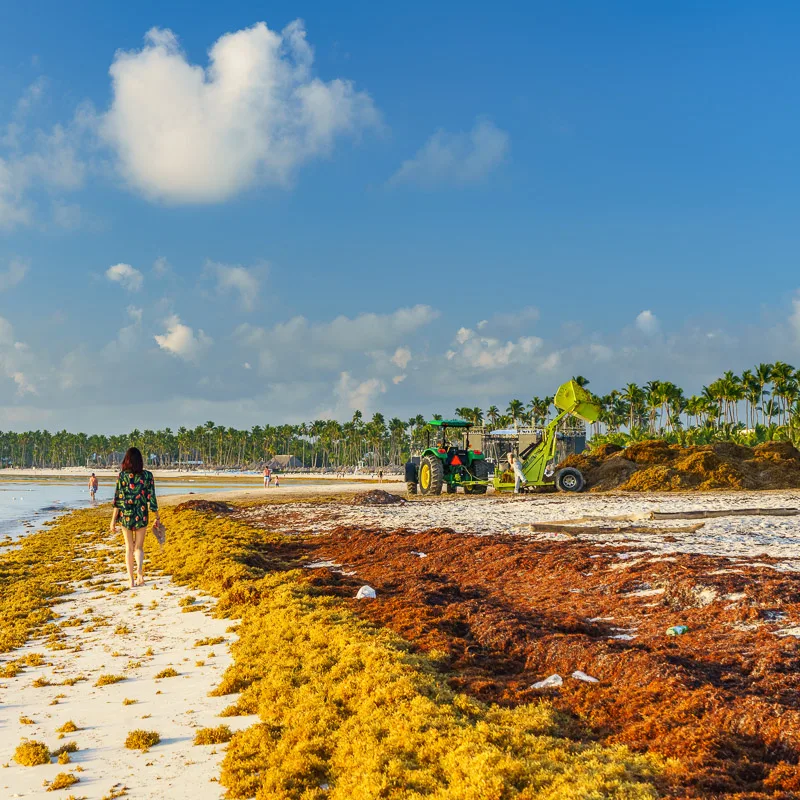
Several studies from the University of South Florida and NASA have already suggested that this year’s sargassum deposit could be massive and the amounts being collected currently back up that hypothesis. In fact, there is already as much as a 20% rise in the sargassum compares with the same time last year.
According to Zofemat, Coral Beach in Cancun is the worst affected area. This is mainly due to its geographical position in the south and the lack of strong current or tide to pull the sargassum further away. Collection and prevention have already been well underway with efforts from multiple groups attempting to stop the negative effects of the macroalgae.
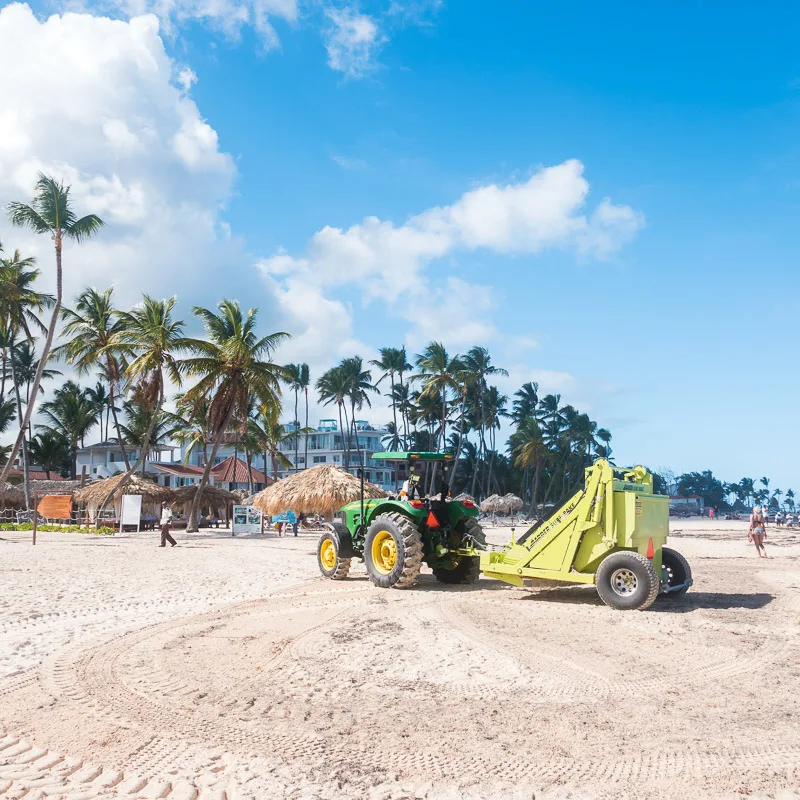
For those unaware, sargassum is a seaweed that grows excessively in the middle of the ocean into massive island-like floating structures. Typically, in normal numbers, it’s an extremely healthy part of the ocean environment and provides ecosystems for thousands of tiny sea animals as well as depositing nutrients into the water.
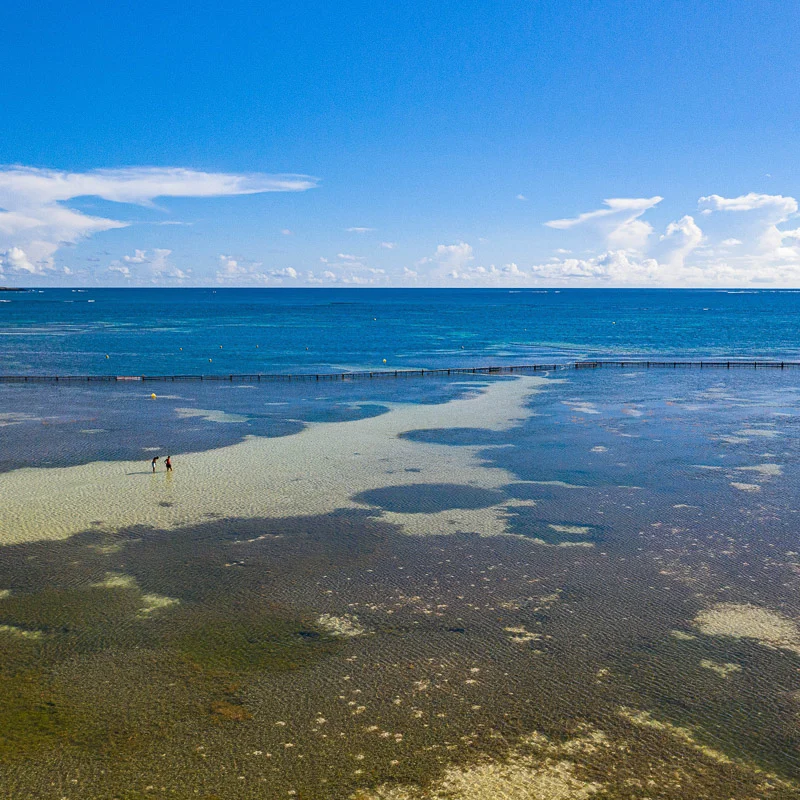
However, as water temperatures have increased due to global warming, sargassum growth has skyrocketed creating huge tangled masses of seaweed sometimes several kilometers long. It is suggested that pollution dumps into the Atlantic in Brazil are also spurring massive growth.
The problem with Sargassum arrives when it hits the coastal areas, predominantly in the Caribbean Sea as well as the Southeastern edges of the US. When it hits the beaches it will either come ashore in masses of brown weed or linger in the shallow waters. When lingering, it makes any kind of swimming in the area extremely unpleasant and can harbor many small sea creatures. In some truly unfortunate cases, weak swimmers have found themselves tangled in it and almost drowning.
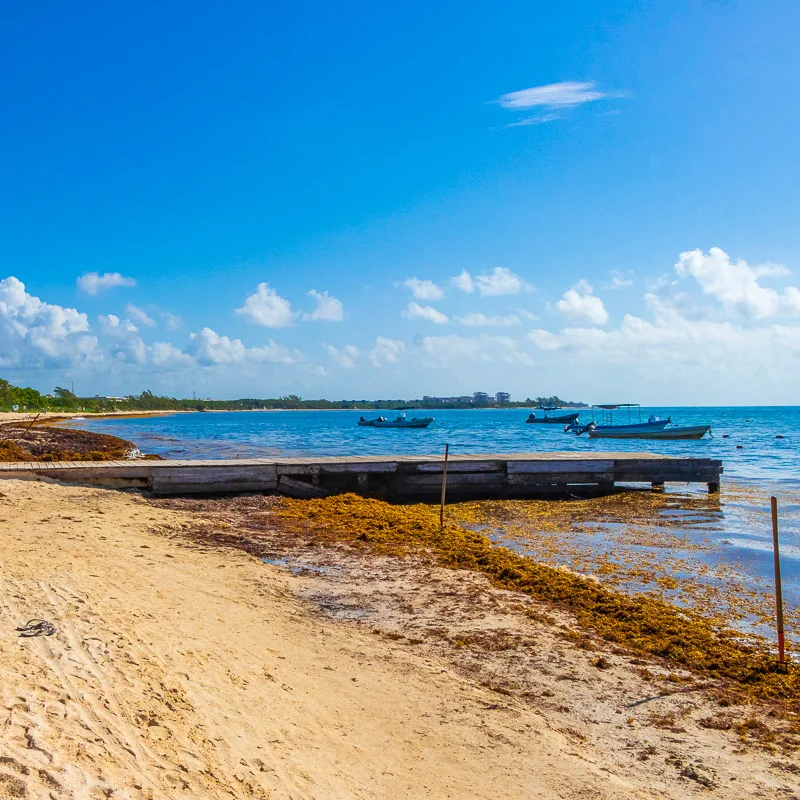
For the huge amounts that end up on the sand, a terrible sulphuric smell protrudes from the sargassum, keeping tourists well away from the beaches. Its also extremely unsightly and ruins the aesthetic pleasure of the Mexican Caribbean.
Hotels, the local government, and even the Navy are all involved in protecting the beaches from the onset of the sargassum. As the warmer months approach, different methods are put in place to prevent as much of the sargassum from getting to the coast as possible.

It was announced this week that the use of drones was to be implemented. The purpose of this is to spot large masses of the sargassum and then send the Navy out to collect it before it makes it to the sure. Another company is being used for its hot air balloons for the same reasons. Balloons will periodically go up and down the beaches to ensure there are no larger masses being missed.

On top of this, hotels have their own barriers placed in the sea near their resorts to help stop it from making it to the sand, although a lot still works its way through. Many companies are now trying to find productive ways to use the sargassum instead of just dumping it. Using it for compost or other interesting uses can at the very least turn a negative into a positive.
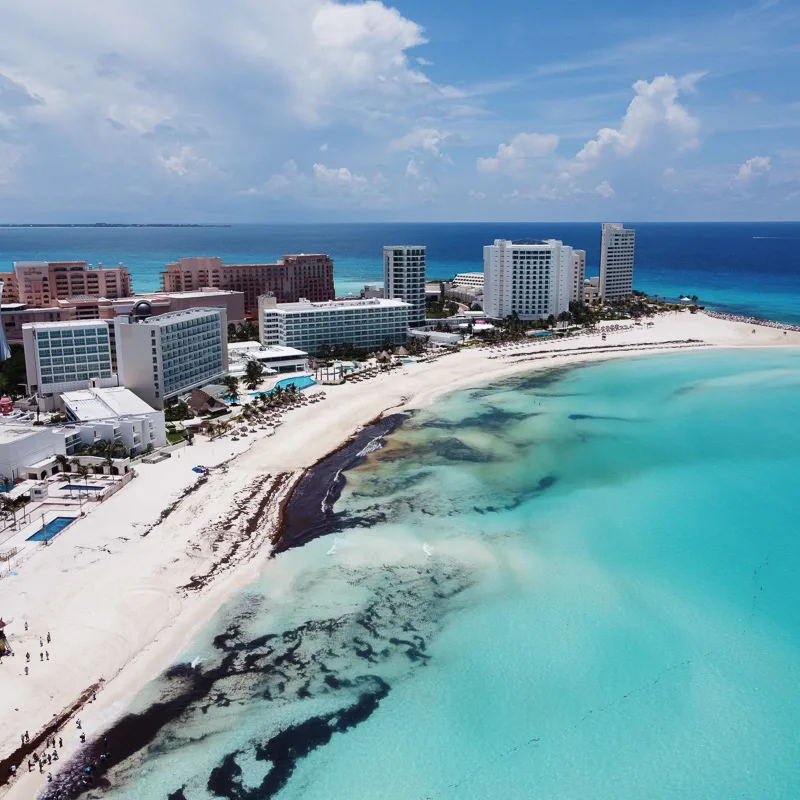
The sargassum season is fast approaching, and it is hoped that all the methods being laid out will counter it successfully. The water the season, the higher the chances of sargassum deposits.
Those worried about sargassum during their vacation should contact their hotel and find out how things are looking.
Plan Your Next Cancun Vacation:
Traveler Alert: Don’t Forget Travel Insurance For Your Next Trip!
Choose From Thousands of Cancun and Riviera Maya Hotels, Resorts and Hostels with Free Cancellation On Most Properties
↓ Join the community ↓
The Cancun Sun Community FB group has all the latest travel news, conversations and tourism Q&A’s for the Mexican Caribbean

Subscribe to our Latest Posts
Enter your email address to subscribe to The Cancun Sun’s latest breaking news affecting travelers, straight to your inbox.
